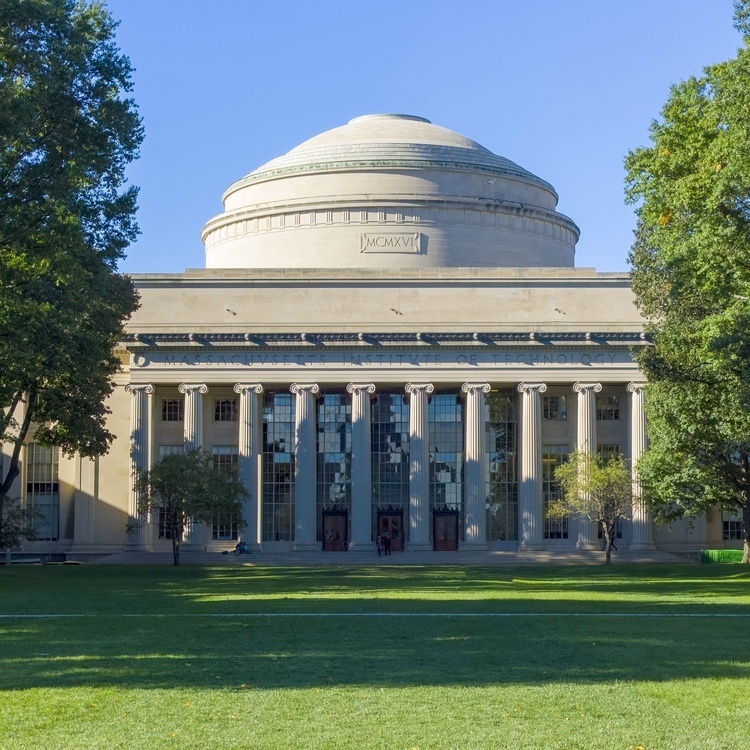
Jarrod Hicks Thesis Defense: The role of texture in auditory scene analysis
Description
Title: The role of texture in auditory scene analysis
Speaker: Jarrod Hicks
Abstract:
Everyday auditory scenes contain sounds from many sources. For example, when crossing the street, you might hear sounds produced from the rumble of passing cars, the chatter of pedestrians, and the rapid tick of crosswalk signals. To make sense of this complex mixture of sounds, the auditory system must separate the mixture into coherent perceptual representations that are likely to correspond to the underlying sources in the world. This process is known as auditory scene analysis. Although a rich body of work has probed auditory scene analysis with simple synthetic stimuli and revealed principles of perceptual organization, the extent to which these principles apply to real-world scenes with natural sounds remains unclear.
This thesis empirically examines auditory scene analysis with realistic sounds. In particular, we study the perception of scenes containing a common class of environmental sounds known as “textures”, investigating how the auditory system makes use of statistical structure to separate textures from other sources and how the underlying statistical representation both constrains and enables scene analysis. We first investigated the mechanisms of hearing in noise using real-world background “noise” textures. The results show that the auditory system estimates the properties of “noise” textures and stores them over time, using the resulting internal model to estimate other concurrent sounds. We then considered how concurrent sound texture sources are separated from each other. We found that auditory scene analysis with textures involves some principles identified in classical scene analysis work with simple sounds, but that these principles apply to the higher-order statistical representations that define natural textures. Together, the results reveal new aspects of auditory scene analysis with real-world sounds and clarify the role texture plays in everyday hearing. Our findings provide a bridge between the simple, synthetic stimuli studied historically and the rich complexity of real-world sounds.
Zoom Link: https://mit.zoom.us/j/97868598361?pwd=I5y3JhWyWSExh3SarlSpvVrBEvqRou.1

